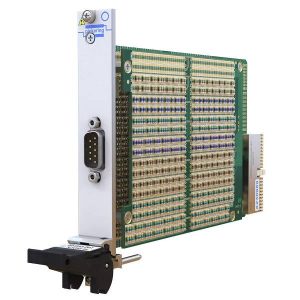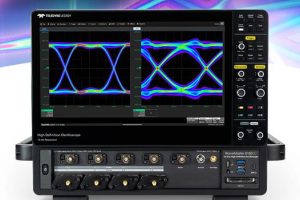
Models 40-254 (PXI) and 42-254 (PXIe) come in 28 variants, summarised as: two channel versions with various narrow resistance ranges, and then single channel versions with various narrow, medium or wide resistance ranges.
PXI vVersions are compatible with PXI or LXI chassis.
Resolutions span 125mΩ to 8Ω, and resistances from 1Ω to 395kΩ are available, plus short and open simulation.
Picking 40-254-110 (PXI) and 42-254-110 (PXIe) as examples, they can be set between 1Ω and 31Ω with 0.125Ω resolution.
Under software control, the modules calculates and sets the resistance closest to the requested value – the software can then read the actual value that has been set.
Drivers can be supplied for Windows and Linux, and support is available for real-time systems.
“To help ensure long-term accuracy,” said Pickering, “a calibration cable assembly can be attached to the module in place of the unit-under-test, enabling simple calibration using a digital multimeter to verify the resistor channels.”
Internally, switching is via two-pole electromechanical relays, and the user connection is through a front panel male 9pin D-type connector.
Hardware-in-the-loop applications are foreseen, as well as functional test and verification of low-power PSUs, chargers, batteries, solar panels and dc-dc converters.
Warranty is three years.
 Electronics Weekly Electronics Design & Components Tech News
Electronics Weekly Electronics Design & Components Tech News



